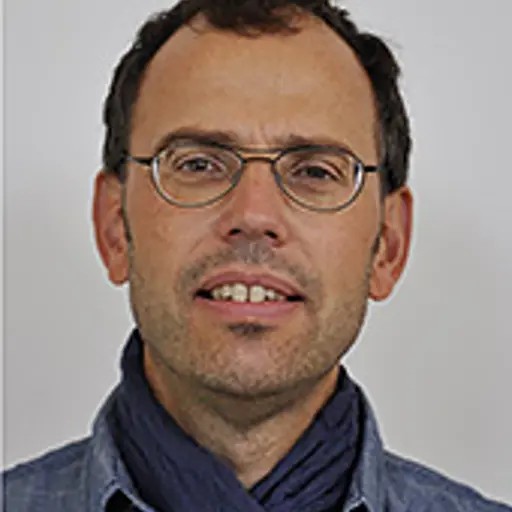Course syllabus adopted 2023-02-17 by Head of Programme (or corresponding).
Overview
- Swedish nameDesignmetodik
- CodeLMU622
- Credits7.5 Credits
- OwnerTIDSL
- Education cycleFirst-cycle
- Main field of studyIndustrial Design Engineering
- DepartmentINDUSTRIAL AND MATERIALS SCIENCE
- GradingUG - Pass, Fail
Course round 1
- Teaching language Swedish
- Application code 66117
- Open for exchange studentsNo
- Only students with the course round in the programme overview.
Credit distribution
Module | Sp1 | Sp2 | Sp3 | Sp4 | Summer | Not Sp | Examination dates |
|---|---|---|---|---|---|---|---|
| 0109 Project 3.7 c Grading: UG | 3.7 c | ||||||
| 0209 Intermediate test 3.8 c Grading: UG | 3.8 c |
|
In programmes
Examiner
 Jonas Tuveson
Jonas Tuveson- Lecturer, Design & Human Factors, Industrial and Materials Science
Eligibility
General entry requirements for bachelor's level (first cycle)Applicants enrolled in a programme at Chalmers where the course is included in the study programme are exempted from fulfilling the requirements above.
Specific entry requirements
The same as for the programme that owns the course.Applicants enrolled in a programme at Chalmers where the course is included in the study programme are exempted from fulfilling the requirements above.
Course specific prerequisites
-Aim
The aim of the course design methods is to give the student basic tools and methods for addressing design- and product development work in a systematic way. The course covers the different phases of the design- / product development- process, and how these can be adapted to given problem. The course introduces conditions, constraints and principles for efficient and effective product development. The student should from a product/service perspective be able to identify, describe, analyse and define issues from both engineering and design perspectives.Learning outcomes (after completion of the course the student should be able to)
- describe a generic design/product development process from needfinding to product proposal.
- describe central methods for design and product development.
- identify and prioritize central needs and requirements, including some relevant sustainability criteria.
- compile a problem analysis including clarification of problems through information collection and analysis with appropriate methods and tools such as the question method, trend analysis, image boards, scenarios, personas and others, as well as carry out a function analysis and compile a requirements specification as a basis for starting up a development project or ordering design-product development services.
- generate and evaluate concepts based on own as well as predefined problem definitions.
- identify and describe different phases from a groups establishment until its termination.
- apply techniques for giving and receiving constructive criticism.
- administer product development by project planning, continuous reporting of work hours, project status etc.
- conduct an oral and written presentation of the course project in group.
- critically reflect on methods, processes and results.
Content
The course covers the different phases of a generic design-/product development process, and how these can be adapted to given problems and conditions. Focus is on methods and tools for early development phases; e.g. problem- target group- and need definition; tools for idea generation; concept generation and evaluation. Some concepts and methods have been introduced in LMU631 and deepened in this course. The course will address the current projects impact on the environment and sustainable development. The course also introduces basic theories relating to group dynamics and project management. The course consists of the parts engineering- and product design- methodology, the professional role of product design engineers and project work. In the course project the students are given the opportunity to under supervision develop a methodical and creative way of addressing product problems. different representations / models of the product should be developed in the project. Furthermore training is given in reporting and presentation techniques.Organisation
The course consists of lectures (approximately 28h), seminars and supervision of project work (approximately 42h) and self studies (approximately 130h). In total 200h.Literature
Produktutveckling: av Hans Johannesson mfl, ISBN 978-91-47-10582-3Examination including compulsory elements
- Attendance in compulsory session.
- Compulsory assignments.
- Exam.
- Active participation in project with report and presentation. Participation in group work to be demonstrated by accounting for number of working hours.
The course examiner may assess individual students in other ways than what is stated above if there are special reasons for doing so, for example if a student has a decision from Chalmers about disability study support.